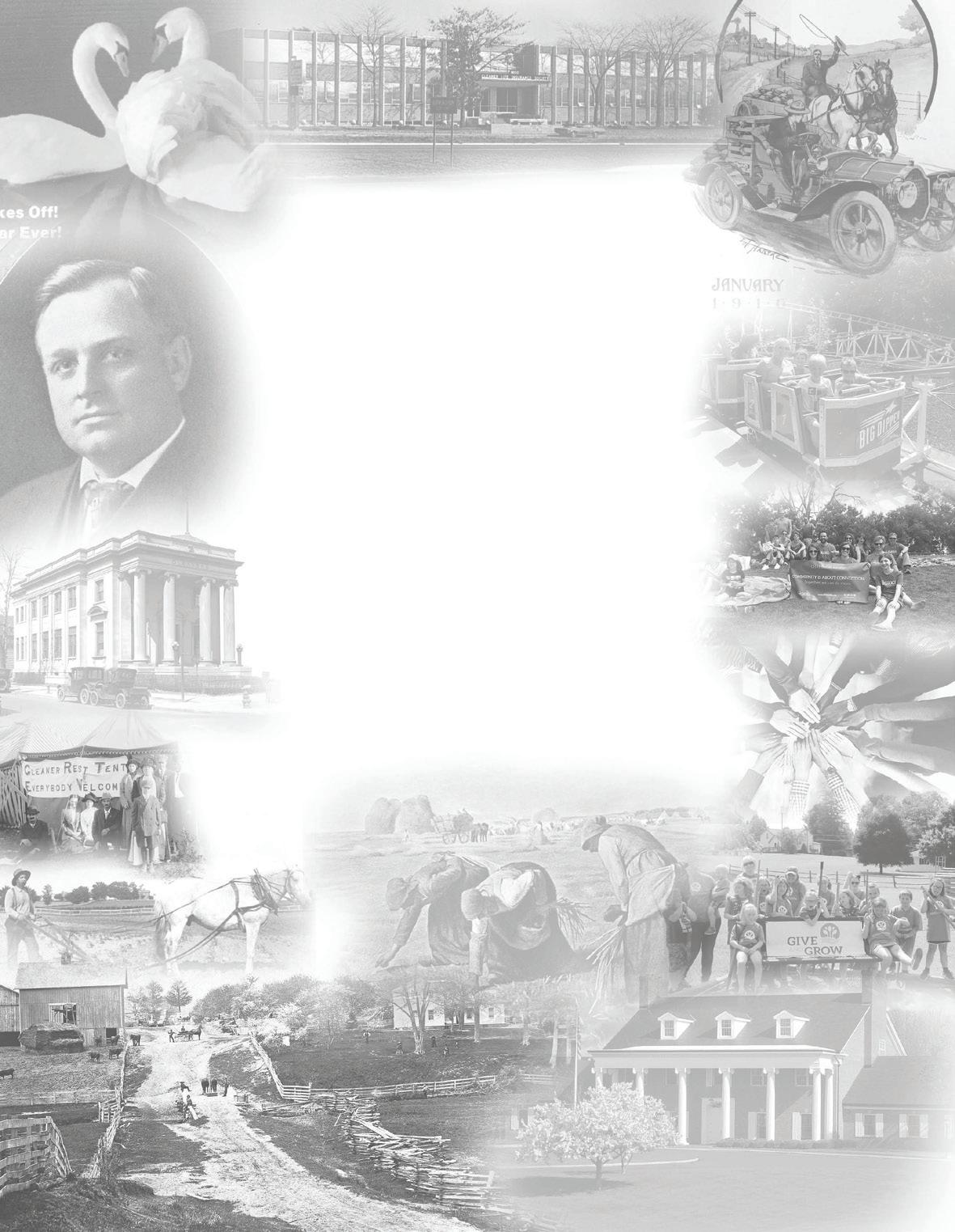
6 minute read
New Gleaner history book
Updating the Society history book highlights its fi rst 128 years with new stories and photos.
Which Gleaner member was a well-known violin performer? What year did Gleaner Life Insurance Society change its name from the “Ancient Order of Gleaners”? Who were some of the signifi cant women in the Society’s history?
Advertisement
Th e answers to these questions and many more can be found in the newly released edition of the Gleaner history book, “A Major Force for Good: Th e Continuing History of Gleaner Life Insurance Society.”
Th e new edition contains more than 200 changes from the original edition published in 2005. In addition, it updates the 16 years experienced by the Society since the original edition was written by Gleaner historian Victor C. Wood (1927-2013).
Grant Hiram Slocum October 12, 1894, to August 14, 1924 Ross L. Holloway August 22, 1924, to November 5, 1936 Herbert P. Orr November 9, 1936, to August 14, 1939
Henry H. Hackett August 23, 1939, to September 10, 1946 Richard George Ransford September 10, 1946, to April 2, 1979 Frank Dick April 2, 1979, to June 16, 2000

Some of the additions:

• Women of Gleaner — Eight signifi cant women connected in diff erent ways with the Society’s history are profi led. Th ese range from the Society’s fi rst employee to its fi rst female Chair of the Board of
Directors. Read about the farm wife and
Board Director who served 39 years from 1916 to 1955. Or the state lip-reading champion who helped the Home Offi ce assess occupational risks in the new plastics industry. Or the employee who worked for 52 years and helped preserve the Society’s fi rst six decades.
A Major Force For Good | The Continuing History of Gleaner Life Insurance Society July 1, 2000, to December 31, 2007
www.gleanerlife.org 5200 West U.S. Highway 223, P.O. Box 1894 Adrian, Michigan 49221
Ellsworth L. Stout April 21, 2008, to June 8, 2012
Kevin A. Marti June 11, 2012, to present
A Major Force For Good

Mabel Clare Ladd, an employee of the Home Office for 52 years. Ada F. Theobold, the first employee of the Gleaner Society.
Anne Campbell Stark became a well-known poet and preservationist. Ada “Peggy” Maxwell, left, became a state champion lip reader and assessed risks for the new plastics manufacturing industry.
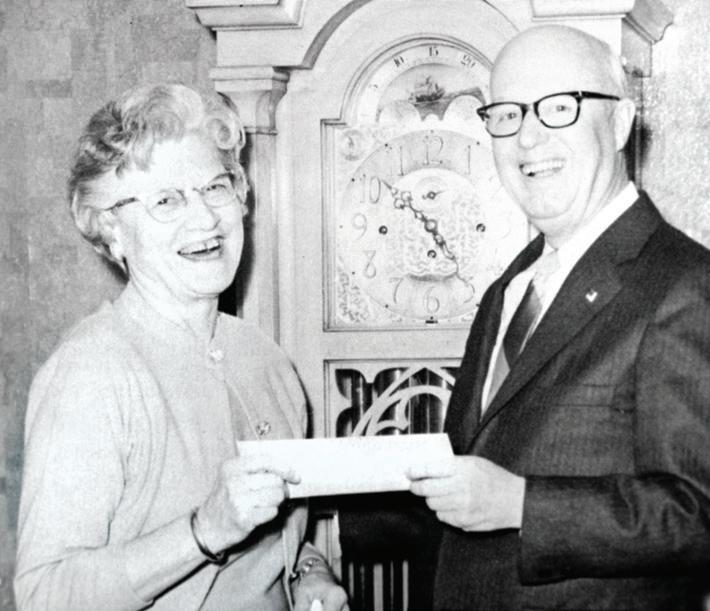
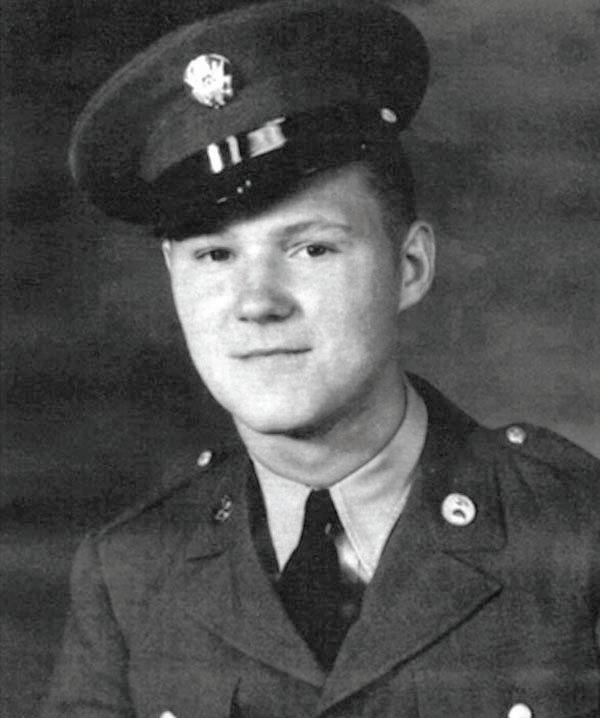
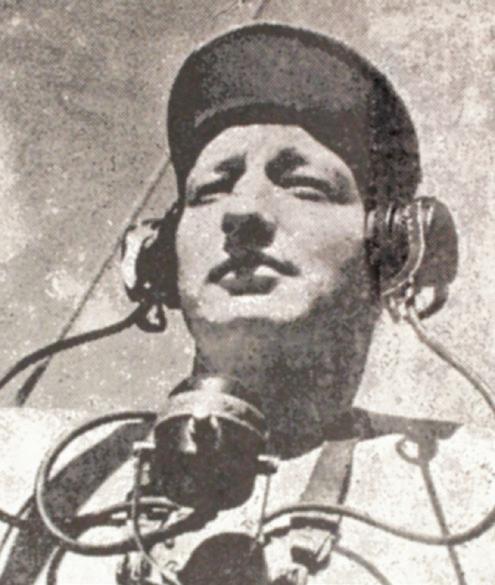
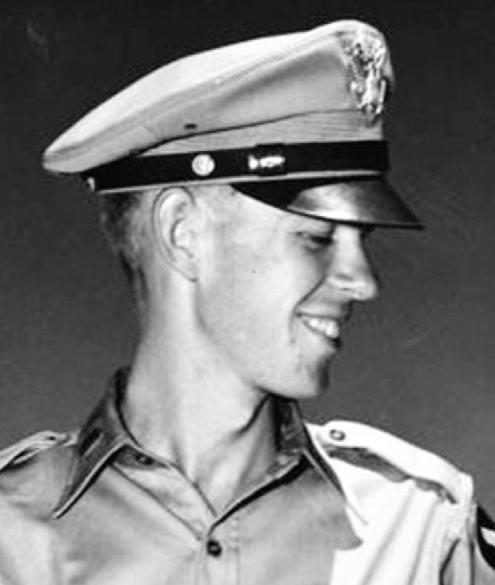
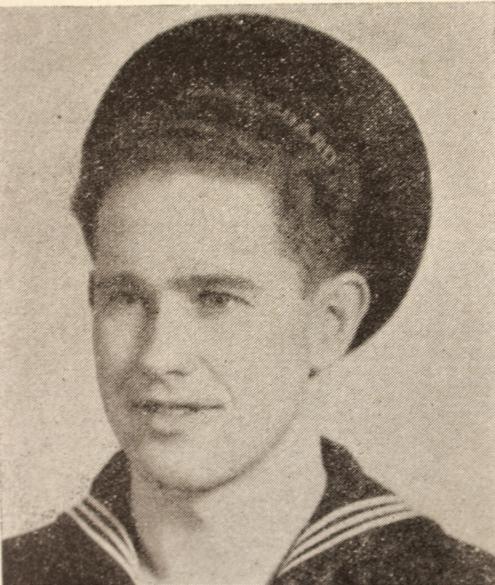
Pictured from left to right: Frank Jamenko, Clyde Gourley, Donald Abair and Malcom Mohler

• The Gold Star Gleaners — Th is compilation pays tribute to the 130 Gleaner members killed during World War II. Th ey include a Lowell,
Indiana, soldier who unexpectedly bumped into his brother in Italy; several soldiers who endured the Bataan Death March; a Chester
Arbor member who served in the Army Air
Corps in New Guinea; as well as members of the Harrison, Prairie View, Rolling Prairie, and other arbors. From Pearl Harbor through lost airmen never located after the war, this section honors all 130 who sacrifi ced everything. • Th e past two decades — New content includes the Society’s challenges throughout the Great
Recession, new fi nancial solutions, new leaders, and new member benefi ts.
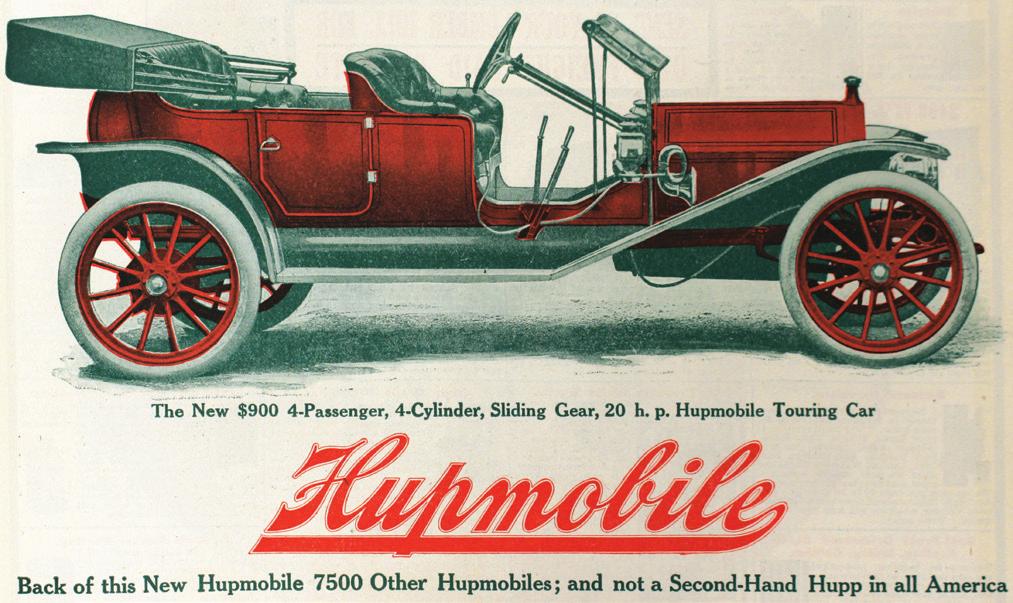
Th is 1910 ad appeared in Th e Gleaner for the Hupmobile, a car built by the Hupp Motor Car Co. of Detroit. • More color reproductions — See some of the publication covers and advertisements as they originally appeared in color.
• Updated lists of leaders — New appendices show current Board of Directors and Offi cers’ photos, as well as additional Offi cers identifi ed throughout the Society’s history.
• More Gleaner history — Read additional details about Gleaner members fi ghting for Parcel Post, good roads, municipal restrooms, and women’s right to vote. New information has been added
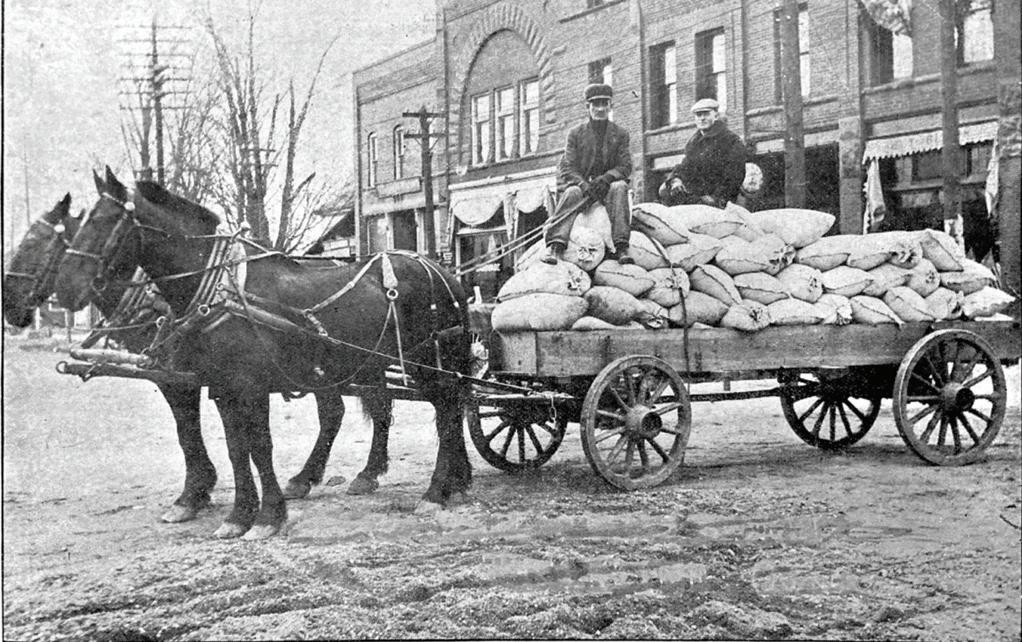
Th e June 1917 Gleaner Forum promoted the Clearing House with this photo of Th eo Kline of Fowlerville, Michigan, whose 100 bushels of beans sold for $1,000. Such examples showed how the Clearing House gave farmers an alternative to the existing system of middlemen.
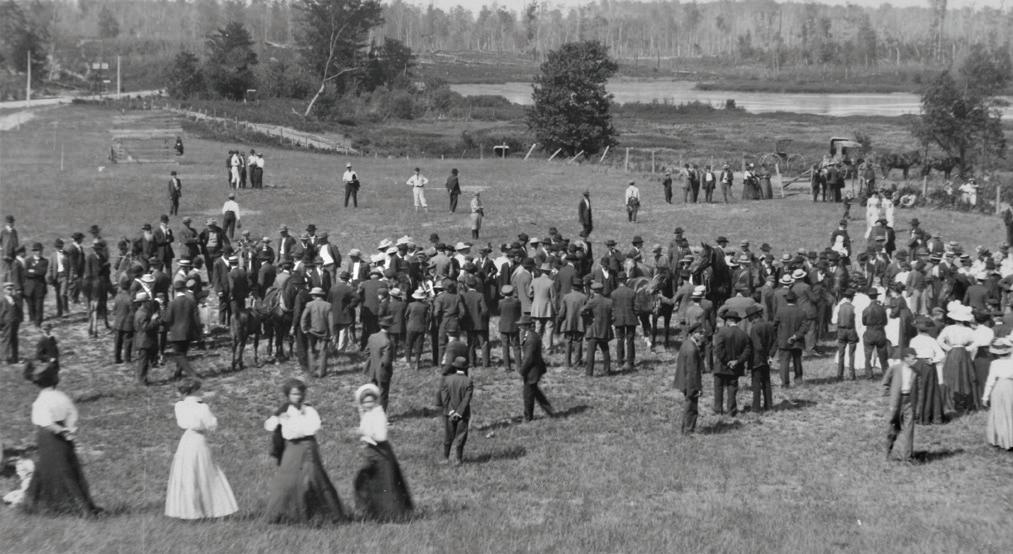
A 1910 Gleaner picnic with a colt show and a baseball game. Research found the location to be Breeds Lake, located south of Kalkaska, Michigan (about seven miles east of Fife Lake). Th e photo was found in our History Room, with the location listed only as “Deibert Sta.”
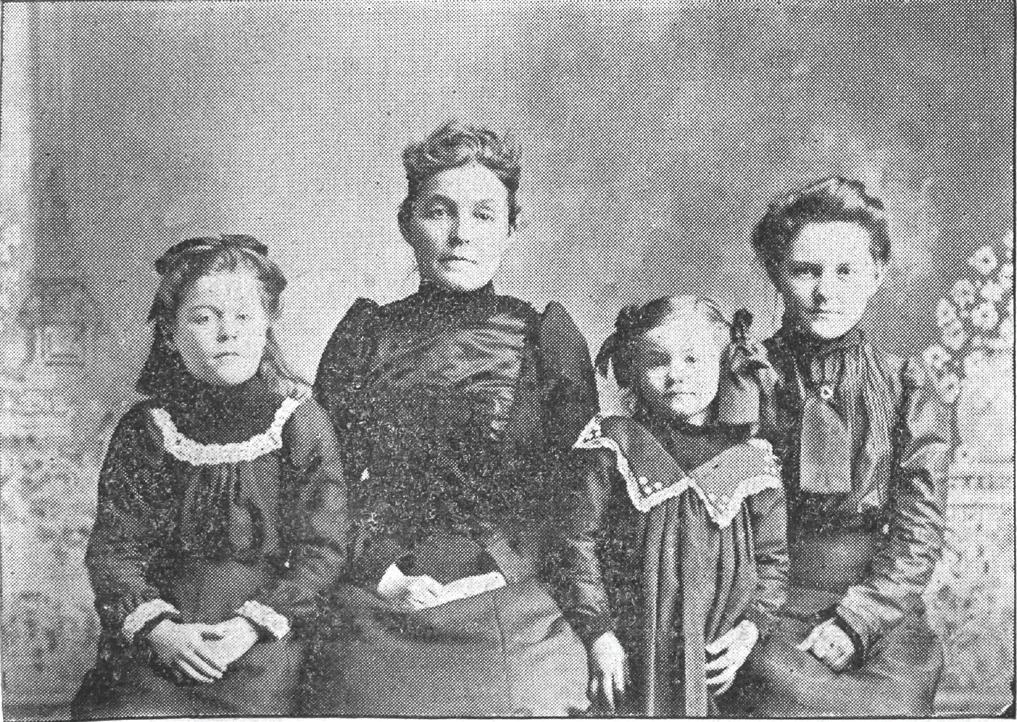
Gleaner members showed fraternal charity, especially toward widows and orphans such as the Leitch family of Cass City, Michigan. Th e father had forfeited his membership when he took an especially risky job in 1901 as an engineer at a tile plant. A few days later he was killed in a boiler explosion. Although the Society was not legally obligated, members raised enough money to pay off the mortgage on the family’s farm home and to protect the three children.
about Grant Slocum’s family and where he grew up, benevolent support for widows and orphans including the Wainwright and Leitch families, along with additional photos from the early years of the Gleaner movement.
Th e history of the Gleaner organization is in many ways a history of America’s progress from isolated farms to interconnectedness. It’s fi lled with Society members facing similar challenges of market collapses, world wars and pandemics, and overcoming them through sacrifi ce and cooperation. It provides not only a fascinating glimpse into the past, but also insight into the protective, benevolent and fraternal spirit that Gleaner members were so quick to embrace.

“A Major Force for Good: Th e Continuing History of Gleaner Life Insurance Society” will be gifted to participants at the 61st Biennial Convention Oct. 20-22, 2023. You can read a digital version of the book online at www.gleanerlife.org/historybook.
Did you find the wheat stalk?
In this issue of Forum Magazine, the wheat stalk is hidden on Page 25 in the Oakwood Arbor photo.
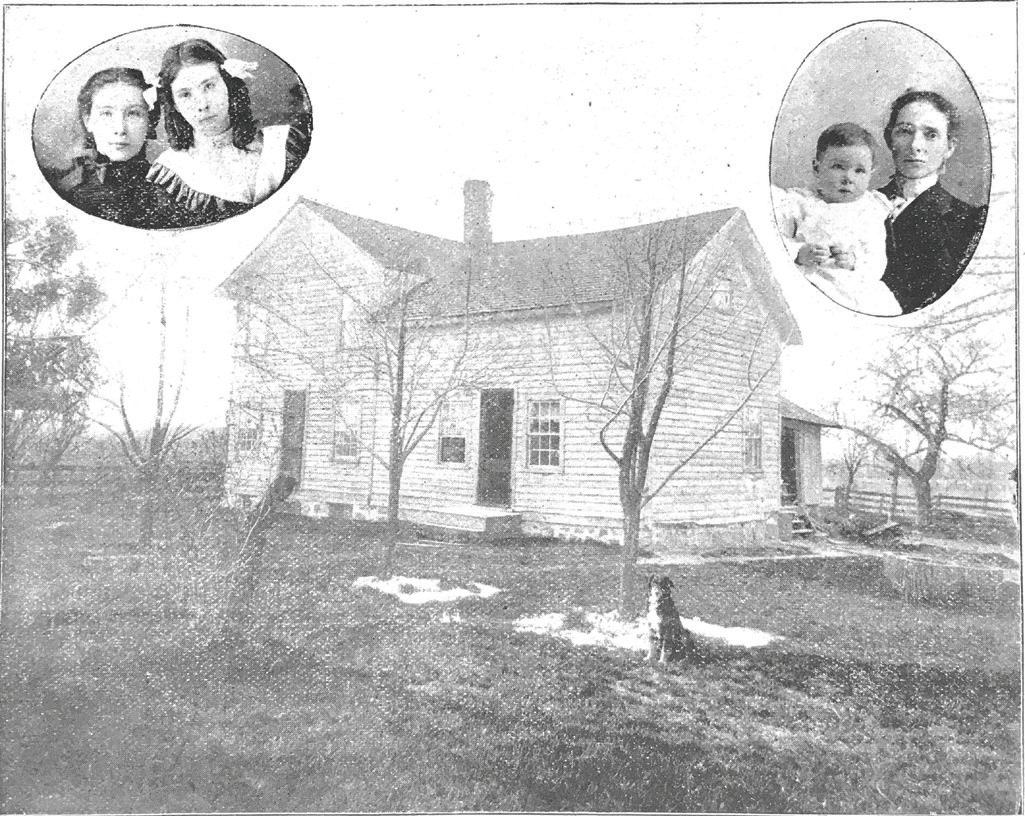
Gleaner arbors supported Mrs. Fred Wainwright and her three children after the 1898 death of her husband. He had died before he could formally join the Society, but members raised more than the amount of his pending life insurance certificate through arbor donations.
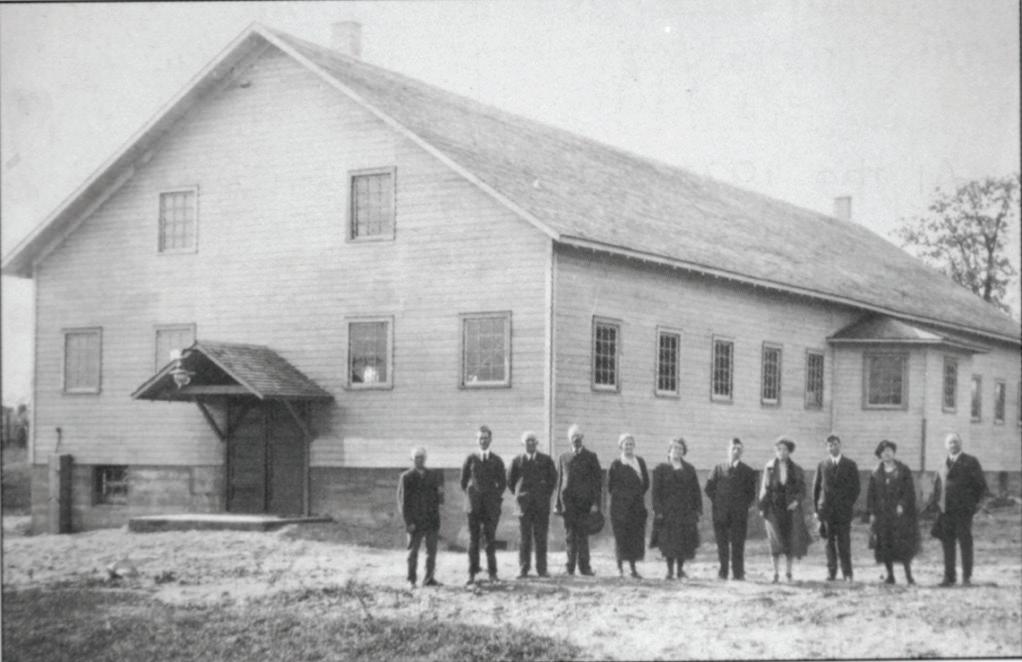
Th e West Lockport Arbor, Illinois, Gleaner hall was pictured after its construction in 1923.
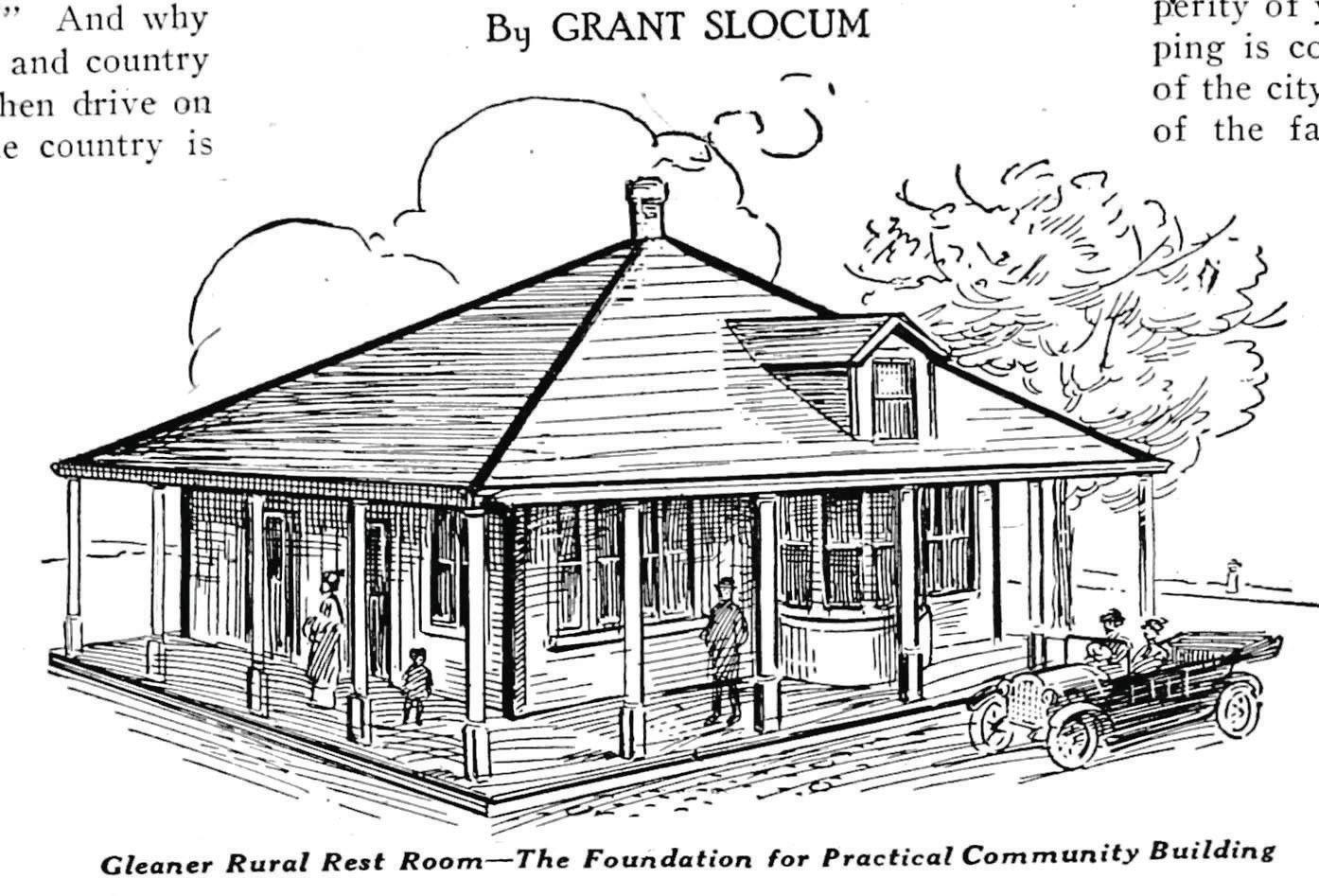
Th is drawing of a proposed public restroom appeared on the cover of Th e Gleaner & Business Farmer in February 1916 with a story by Grant Slocum urging municipalities to create public restrooms.




